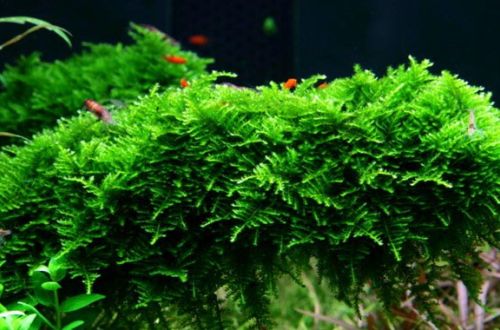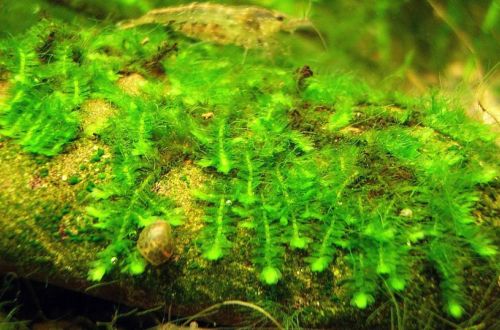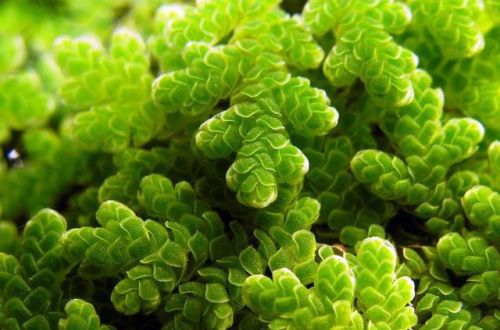
Oak vesicularia
Vesicularia dubyana, scientific name Vesicularia dubyana, has been known in the aquarium hobby for more than half a century. It was discovered in 1911 in Vietnam near the city of Vinh. Botanically classified as Java moss (Java moss). It was with this name that she got into home aquariums. However, it was gradually supplanted by another very similar, but not previously described moss – Taxiphyllum barbieri, which later began to be understood as Java moss (Java moss). The error was discovered in 1982, by which time the true Dubi Vesicularia had acquired a completely different name – Singapore moss (Singapore moss).

In nature, it is widely distributed in Asia in tropical latitudes. It grows along the banks of water bodies on wet substrates, as well as under water, attaching to the surface of stones or snags, forming dense soft clusters. A distinctive feature of Singapore moss is the arrangement of leaves. Unlike Java moss (Taxiphyllum barbieri), the leaves are not regularly spaced at right angles on the stem. The length of the leaf exceeds its width by 3 times.
It is one of the most unpretentious aquarium plants. Able to grow at any light level, perfectly adapts to a wide range of temperatures and hydrochemical values. Ease of maintenance has predetermined its popularity in the aquarium trade, especially among those who breed fish. Thickets of Vesicularia Dubi serve as an excellent “nursery” for fry, in which they find shelter from the predation of adult fish.





